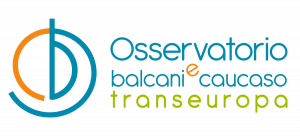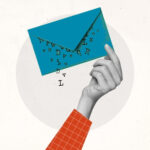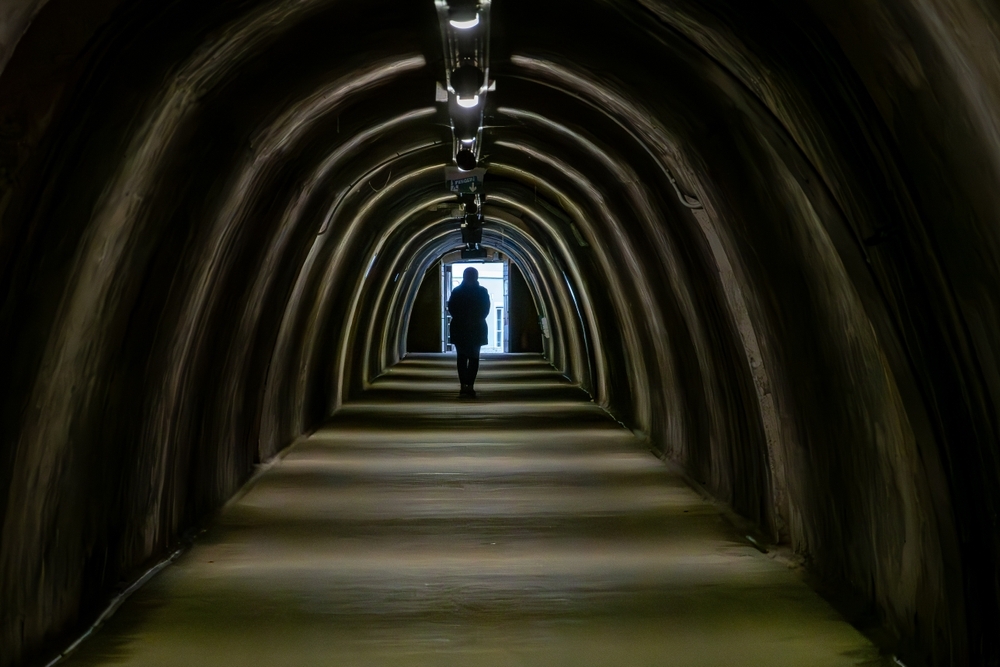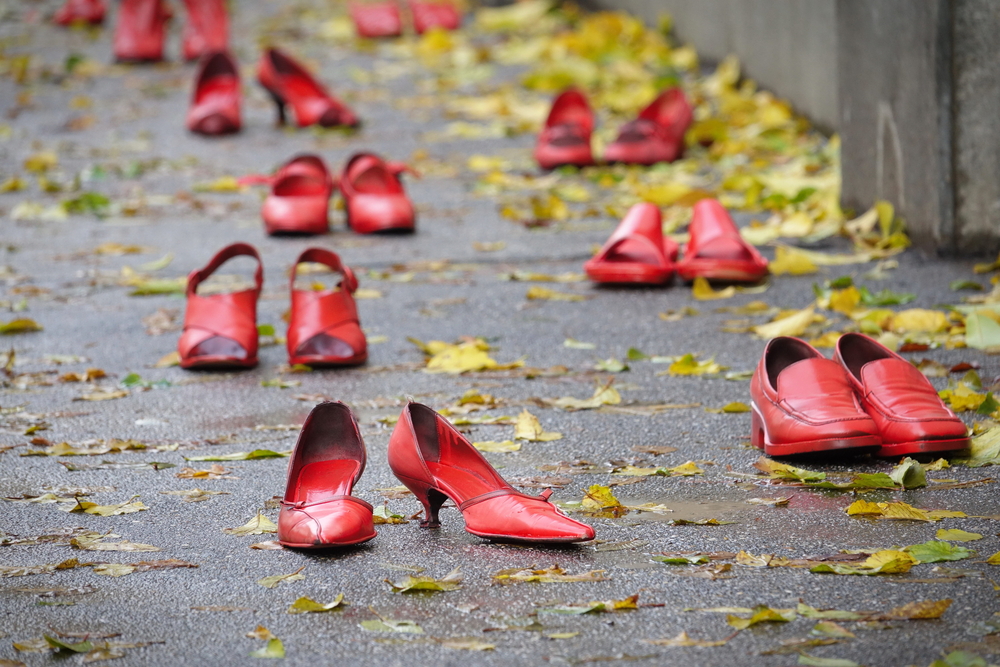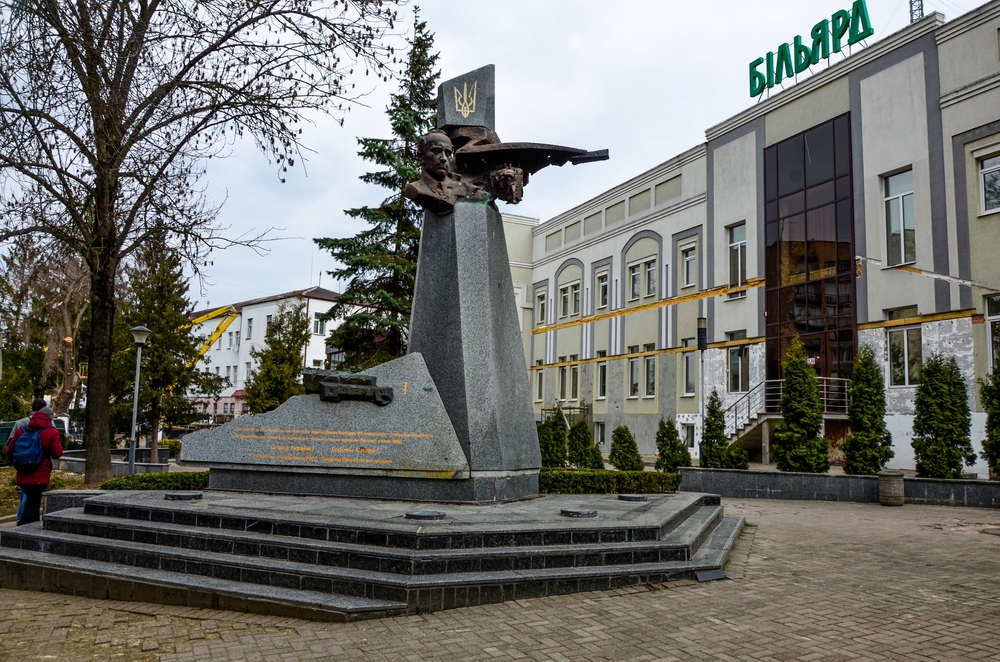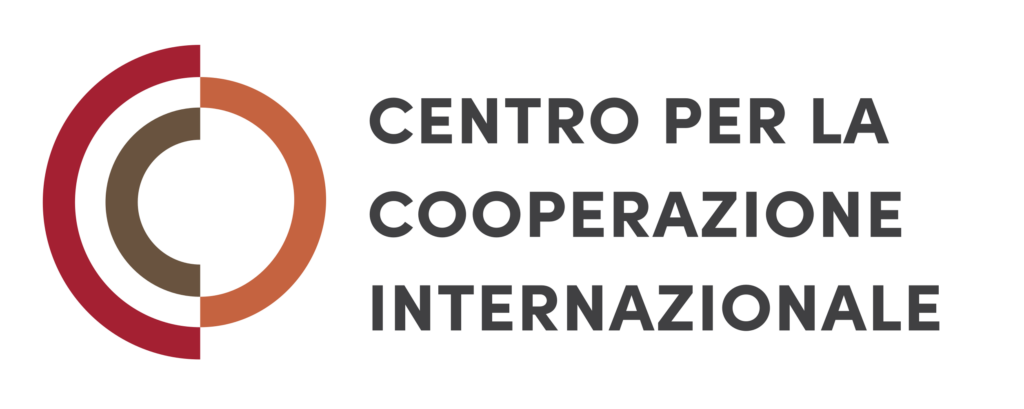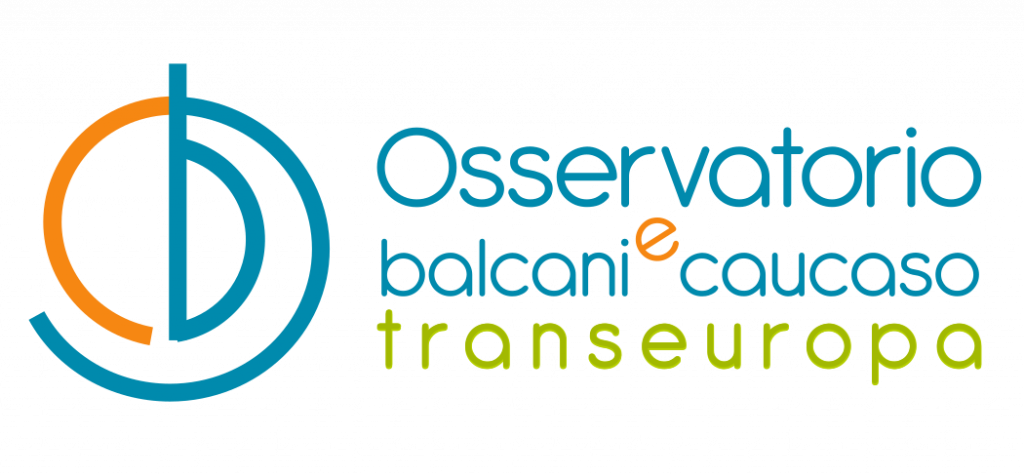According to the estimates of the Serbian government about one third of citizens in Serbia is living in poverty, and over than 750 000 citizens in their best years are unemployed. On the other hand, it is possible to find the same number of citizens actually employed, who again live on the fringes of existence. There are approximately one and a half million pensioners living in Serbia, and again a little bit more than a million and a half in actual employment. Therefore the estimate is that there are 1,4 employees to one pensioner, a statistic which demonstrates high dependency. Further to this, when we consider the 600 000 refugees, it is not hard to define the social situation in Serbia as unpromising.
Offers
However, a lot of Serbian people somehow manage to afford going to the sea and most often it is the Montenegrin coast which they visit. The largest travel agency in Serbia, Yugoslav Airline Transport, offers many proposals every year where it is possible to pay in dinars even though the official currency in Montenegro is DEM (Deutsche Mark). The cheapest accommodation, in the peak season from 21- 31 July, for one person for 10 days is 269 DEM in Budva, whilst the most expensive is 1125 Dem in Milocer. It is quite a lot of money, when knowing that an average salary in Serbia is not more than 200 DEM. Hence it is much more cheaper for Serbian people to go to private accommodation. A bed in a private accommodation costs 10 to 15 DEM per night. By doing that a lower price for rooms is paid and by arranging their own meals they spend less money (often they eat sandwiches or biscuits. These tourists are called by a common name "tomato tourists").
Still the most common means of transport is the car. Therefore there are a lot of car accidents, because most of the drivers are tired of poverty, and the problems they confront each day. Sometimes they are even hungry, because it is not enough eating sandwiches and tomato and driving at least 600 km. The trauma people still suffer due to the last decade of dictatorship is still present. Some other causes of frequent accidents are overcrowded roads, old cars, routes in very poor condition and bad discipline of the drivers.
There are of course people from Serbia who spend their holidays in Greece or Turkey. Mostly those are young people who come from rich families. One quite strange thing very vivid in Serbian society is that a small group of rich people (businessmen, etc.) does not find the time to rest whereas the poor majority, with financial problems, actually does go on holidays. This is quite a paradoxical situation. In mid-August, for example, it was not possible at all to find any free rooms by going to the agencies. Everything the agencies were offering was full until after August 25. No special programmes for foreign tourists were offered this year by Belgrade tourist agencies. The price was the same for them but they cold not book anything from their country of origin. Notwithstanding all these problems, the Montenegrin coast is full of tourists, which was not the case in the previous few years. Then, people were afraid of conflict, sometimes of NATO, and sometimes of the possibility of sudden civil war emerging in Montenegro.
Destinations
One can also find a small group of people travelling to the Croatian coast. Here it would be good to remind oneself that besides the fact that Milosevic is not ruling any more and Serbia is becoming open to the West and the rest of the world, it is still very hard to get a Croatian visa, because this relationship is still not renewed, and the shadow of the recent war is still present in the minds of the people. These people visiting Croatia are mostly people who have relatives there or have Bosnian or Croatian passports (refugees). Nowadays, besides the fact that the relationship between Serbia and Montenegro, as we know it, is not so friendly as it traditionally used to be, it is not an obstacle for Serbian people to visit the beaches of Herceg Novi, Kotor, Tivat, Budva, Sveti Stefan, Petrovac, and Bar. The situation in Macedonia also helped the number of tourists in Montenegro as it is not possible, at the moment, to travel safely to Greece by car. Since democratic changes in Serbia after October 5 2000 a lot of aid and donations have been coming to Serbia from abroad. This summer there were many projects to help children go to the seaside, the mountains, or somewhere else. One of these projects was run by the Red Cross, Belgrade which organized summer holidays during August for children coming from poorer families. The value for this kind of programme was put at 1.3 million dinars (DEM equals 30 dinars). This summer a lot of foreigners came to Montenegro Riviera. These foreigners, besides Cheks and Slovaks came mostly from the former Yugoslav republics of Slovenia, Macedonia and even Croatia. Ulcinj, the town on the very South of the Montenegrin coast, recorded the best tourist season ever. During July it was recorded that over 100 000 visitors spent their holiday on the Ulcinj Riviera. Employees in tourist services stated that in Ulcinj and its surrounding area there were around 60 000 visitors from Kosovo. Some newspapers published stories that Hasim Taci, one of the Kosovo Albanian leaders, was holidaying on one of Ulcinj’ s beaches. Besides the dominant presence of tourists from Kosovo, there are also people from Bosnia and Herzegovina, Albania, Novi Pazar (a town in Sandzak, the southern part of Serbia where the majority of the population is of ethnic Bosniak (Muslim) background). Russians, Checks and Slovaks also visited Ulcinj.Ada Bojana, however, once a famous nature haven, is not any more what it used to be and no more foreign tourists come there. It is actually the first year that people, especially those coming from FRY, are a little bit less tense. A new trend that shows how a residue of war memories are still floating in the air. Pictures of some war criminals, like General Mladic, sunbathing on Budva’s Riviera were published, for example. There are some cultural events that bring a little bit of glamour to the picture of the overcrowded Montenegrin coast, with its problems of drinking water among others. Maybe the best example would be the 15th Budva Festival, famous for its numerous performances, theatre plays, concerts, etc. It starts on July 1 lasts for 51 days. It unites artists, not only from Montenegro, but also from Serbia and other foreign countries. Also in Ulcinj, a book fair was held between August 8- 13, which promoted 5000 titles in Albanian. The situation is certainly more optimistic this year than it was in the last decade. The Montenegrin coast was never so full of tourists. However not so many tourists from abroad came. Only foreigners from the former republics of Yugoslavia, who themselves felt nostalgia and now finally lived a moment passing the Croatia- Montenegro border not free of fear. The divisions are still visible however: Albanians and Bosnians stay in Ulcinj, while Serbs, Macedonians and Serbs from Republic of Srpska stay in the northern points of the Montenegrin Riviera.
Tag:
